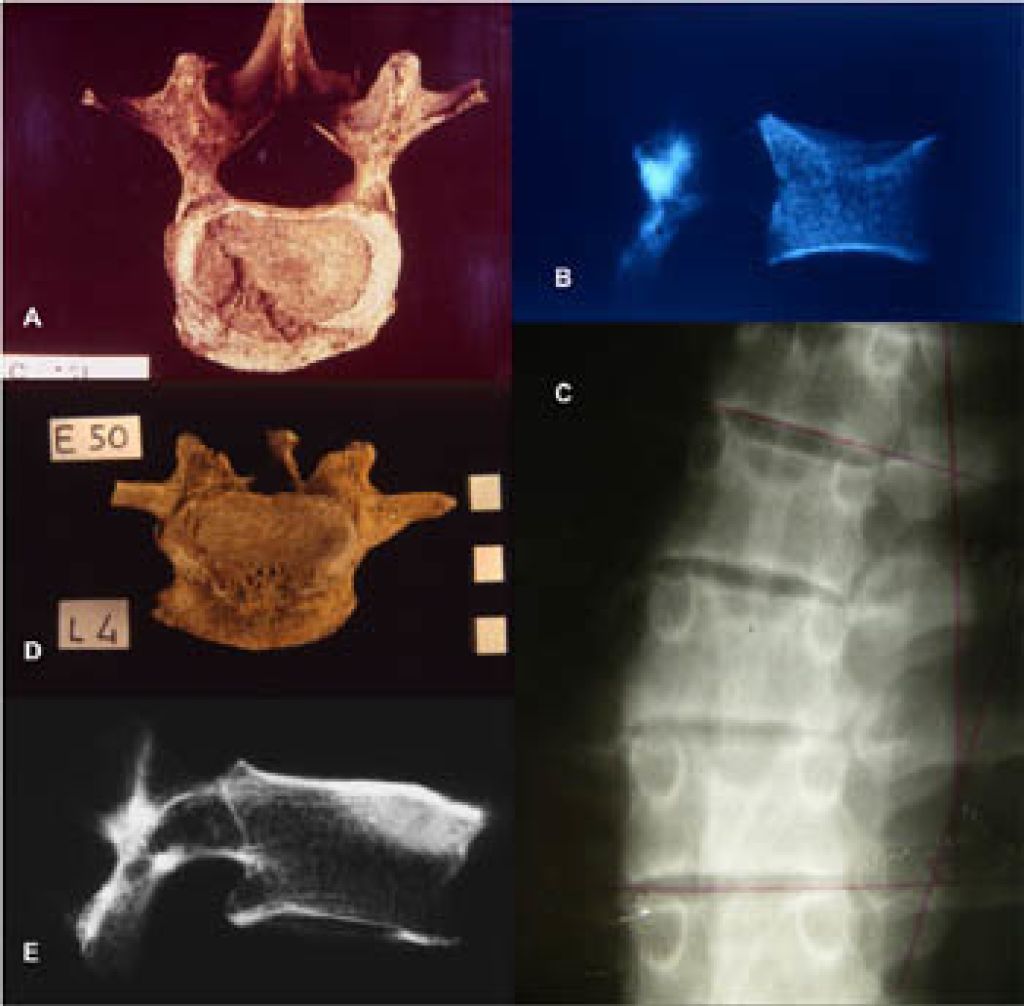Cradle of Humankind fossil reveals world’s oldest evidence of bacterial infection
Signs of brucellosis discovered in the fossil of a 2.4-million- to 2.8-million-year-old hominid fossil found in the Sterkfontein Caves shed new light on the study of evolution.
Brucellosis is an infectious bacterial disease characterised by fever, malaise and headaches. It causes a flu-like illness in humans and is also know to affect animals such as cattle and sheep. Humans can contract the virus from these animals, either through eating the meat or through dairy products produced from infected animals’ milk.
In their paper, “Possible brucellosis in an early hominin skeleton from Sterkfontein, South Africa”, Dr. Ruggero D’Anastasio (from State University G D’Annunzio in Chieti, Italy) and the University of the Witwatersrand’s Dr Bernhard Zipfel and three other colleagues put forward the hypothesis that the discovery of brucellosis in the vertebrae of the late-Pliocene hominid species Australopithecus africanus Stw 431 shows the first possible evidence of meat eating directly linked to a fossil hominid skeleton. They did not have direct access to milk at that time.
The consumption of meat plays an important role in the theory of evolution. “A larger brain requires more energy and meat provides this” says Zipfel.
Before the authors’ hypothesis was presented, the earliest palaeontological evidence for meat eating in hominids consisted of 2.5-million-year-old animal remains that showed cut marks from early stone tools. This, however, did not conclusively prove that the hominids actually ate meat from the animals.
The new evidence of brucellosis “gives the earliest evidence of meat eating in hominids”, says Zipfel.

The bacterial infection caused by brucellosis manifests in humans by affecting muscles and bones, leaving telltale skeletal lesions or marks on bones. These occur most commonly in the spine or the sacroiliac joint at the base of the spine.
After extensive testing, which required comparing the fossil with modern-day remains of people who suffered from the same disease, D’Anastasio, Zipfel and their co-workers were able to conclude that the lesions on the fossil were consistent with brucellosis.
“The macroscopic, microscopic and radiological appearance of the lytic lesions of the fourth and fifth lumbar vertebrae is consistent with all the skeletal characteristics of brucellosis,” they authors write in their paper.
The discovery of brucellosis in the fossil presents two major findings to the palaeontology community: the earliest evidence of a bacterial infection in a hominid and direct evidence that early hominids were meat eaters.
Australopithecus africanus became extinct about 2-million years ago and is believed by many scientists to be a direct ancestor of the Homo genus, to which modern humans, Homo sapiens, belong. Modern humans are the only remaining hominid in a family tree stretching back 5-million years or more.